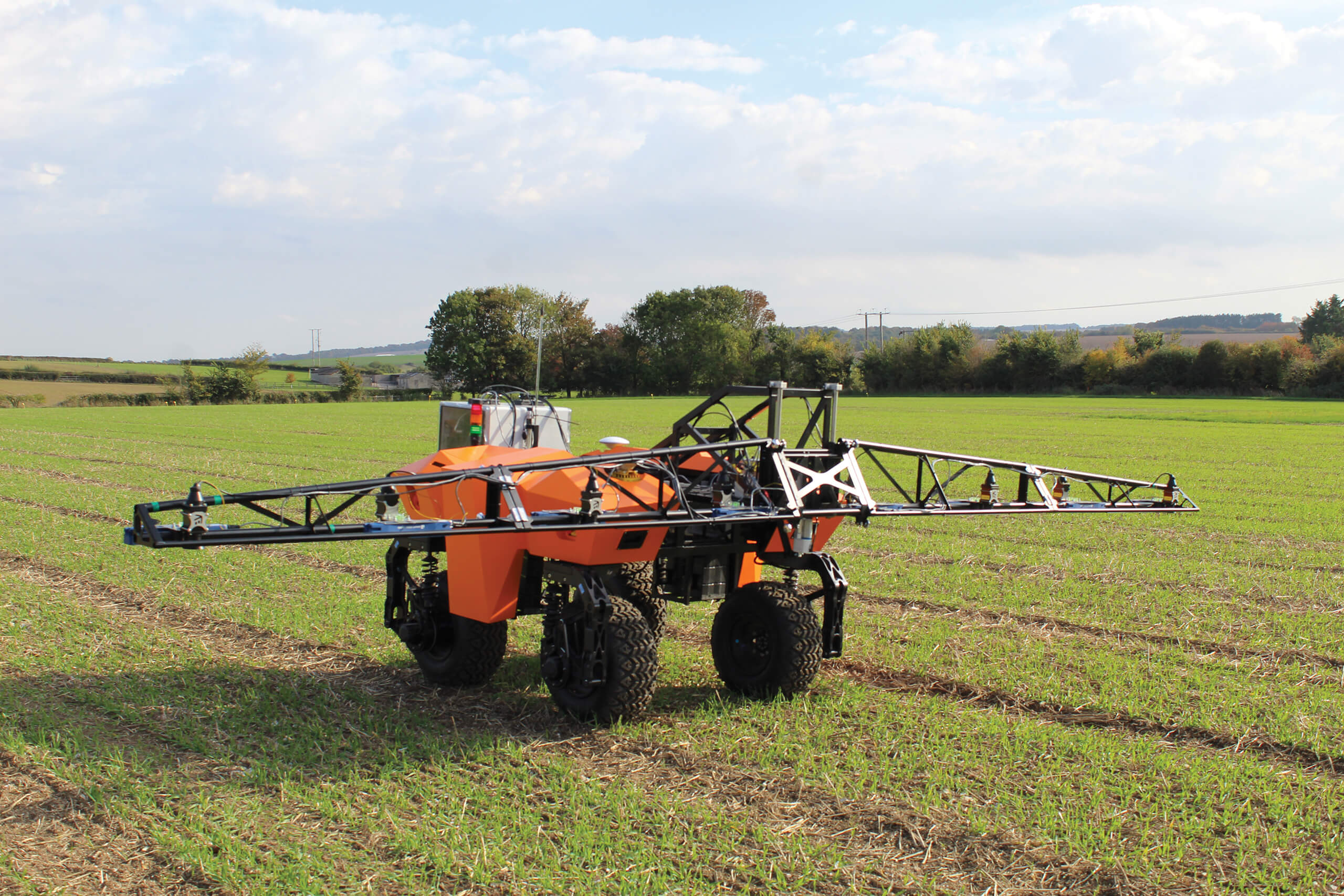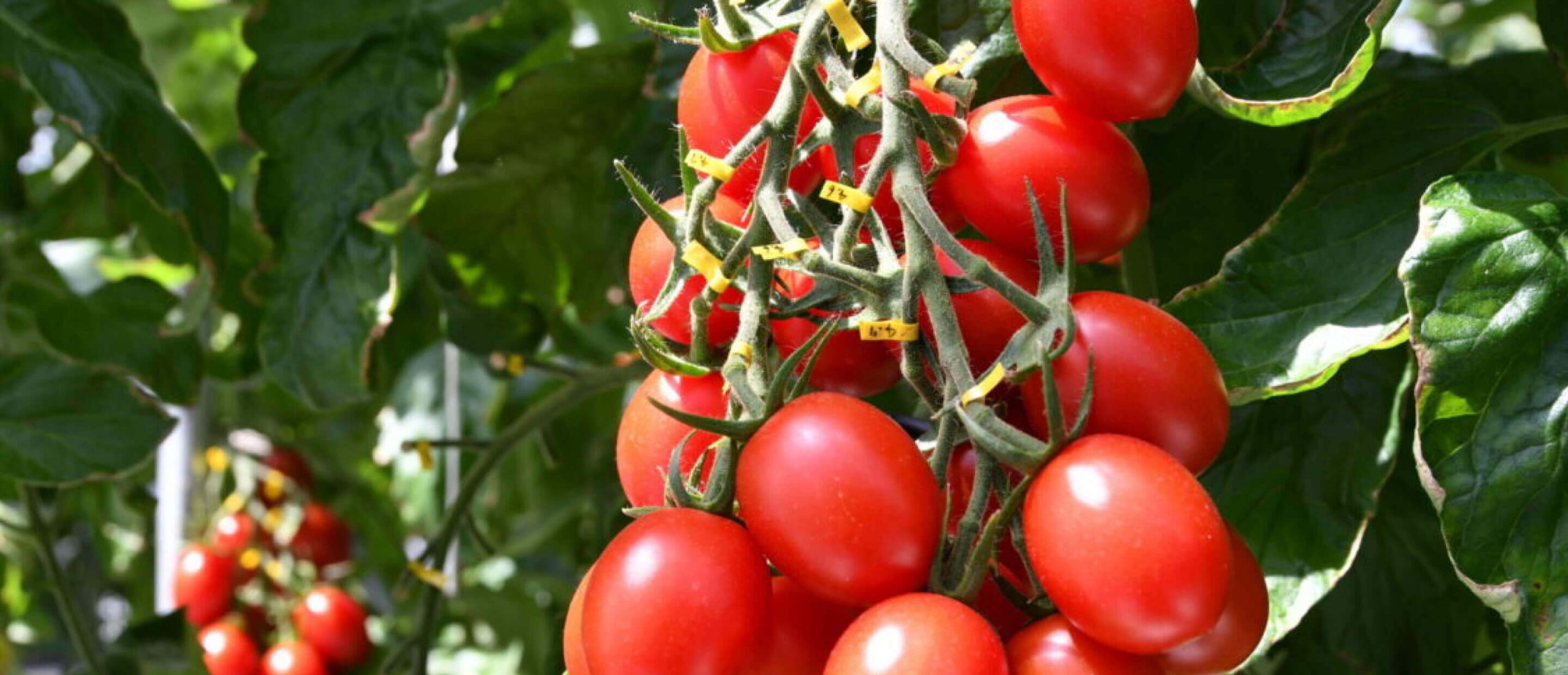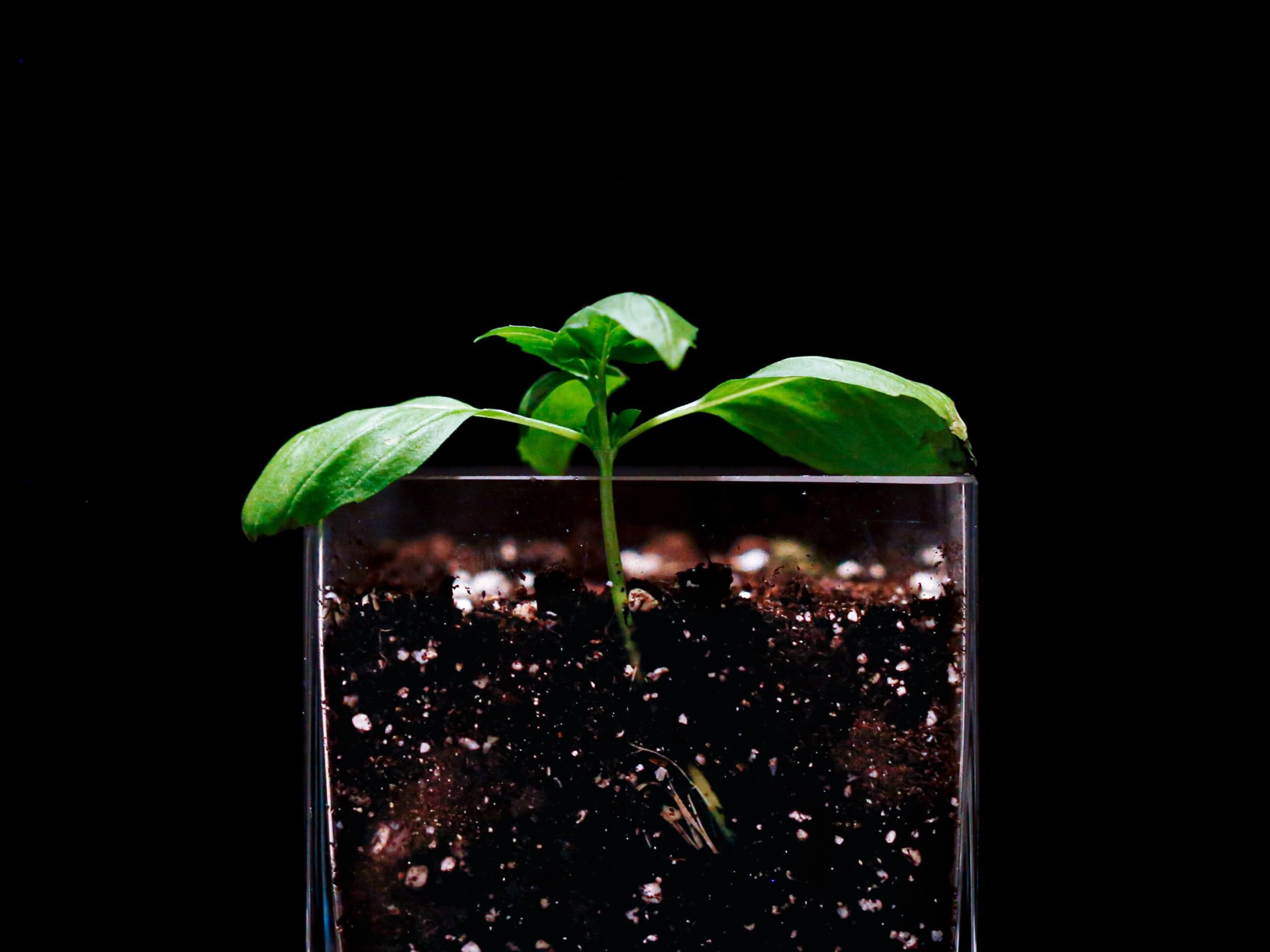
How a combination of innovation, targets, measurement and the broader deployment of established techniques are considered critical for improved soil health in 2025 and beyond.

Prof. Andy Neal suggests that it’s the connectivity of pores in soil particles that drives soil health.
Soil health is an ongoing focus for farmers, scientists and politicians as agriculture works towards dual goals of greater yields and more sustainable practices.
Prof. Andy Neal believes pore connectivity might hold the key to soil resilience. To test his hypothesis, the soil systems microbiologist at Rothamsted Research in the UK is using X-ray Computed Tomography (CT scans) to study soil at scales smaller than the diameter of a human hair. This detailed imaging allows him to focus on pore structure – the spaces between soil particles and aggregates.
Neal believes that organic matter’s impact on soil structure – creating soil aggregates and crumbly soil structure – is evident to the eye, but it’s only when you start looking at the microscopic level that its secrets start to be revealed.
“That’s where the water holding capacity of your soil occurs, with capillary action holding water in those tiny pores,” says Neal. “But it’s also where we see greatest enzyme activity, fine roots and organic matter being deposited directly from roots into soil, and mycorrhizal fungi.”
Detailed analysis has found that soils with less than 1% organic matter have very little porosity or connectivity between pores. “My suggestion is that connectivity in soils is what drives soil health. The more connected your pore spaces become as you increase organic matter, the healthier your soil will become.”
Under the right conditions, a 1% increase in soil organic carbon gives about a 231,000 gallons per acre increase in water storage capacity in the top 12 inches of soil, he estimates.
“There’s a real advantage to increasing pore space in soil, and the way you do that is to pump more organic matter through the soil, which microbes use, break down to a form that can stick to mineral surfaces and build this fabulous architecture,” he explains.
Better soil structure, greater access to water, oxygen and improved nutrient use efficiency ultimately provide resilience, he suggests.
“You don’t see it every year, but when things get tough, you’ll appreciate that resilience – and organic matter gets you there.”

Action for Soil Health: 2025
While scientists like Neal are targeting breakthroughs in the lab, many farmers are setting themselves equally ambitious goals in the field.
Soil is every farm’s most vital asset and the way it behaves under stress has a direct effect on the crop. For this reason, Farmers for Soil Health has set the goal of improving soil health by doubling the adoption of cover crops to reach 30 million U.S. acres by 2030.
The collaborative initiative is led by the Soy Checkoff, Pork Checkoff, and National Corn Growers Association in partnership with state commodity groups and conservation organizations.
The program’s incentive payments are supported by a $95 million USDA Partnerships for Climate-Smart Commodities grant. But to achieve their target the current pace of cover crop take-up needs to increase (see graph).

Dr. Wayne Honeycutt says growing cover crops is a key practice to improve soil resilience.
Increasing the area of cover crops isn’t just a U.S. ambition, the practice is being incentivized by governments in an increasing number of countries, explains Dr. Wayne Honeycutt, Chief Executive Officer for the Soil Health Institute, based in North Carolina. Yet it remains an underused practice overall. In the U.S., cover crops are grown on less than 10% of cropland. “But each year, we’re doing better,” he adds.
Encouraging more farmers to use well-established soil improvement practices will take a multi-pronged approach, he says. “There needs to be continuous education offered on the benefits, including from farmers who have already seen them. The bottom line is we know these practices work through both research and farmers seeing it on their own farms.”
For example, a new Soil Health Institute survey of 100 farmers who were all using soil health improving practices across nine U.S. states, where the majority of corn and soybeans are produced, found that 97% were observing greater resilience.
“They were judging this by comparing with neighbors or what they had previously seen,” says Honeycutt.

The second prong should be incentives for more growers to switch practices, he believes. “But I don’t think all costs should be covered – maybe 50-75% – because there’s value in land managers having skin in the game to drive commitment to making it work.”
Implementing cover crops successfully requires technical knowledge. It’s not just spreading seed, but understanding which species to grow, when to plant and terminate, and what depth to drill. “That’s where the education program comes, so that farmers understand what impact they’re having – positive or negative – on the soil,” says Honeycutt
How to measure soil health progress
To help growers measure soil health improvements, the Soil Health Institute ran a three-year, $6.5 million project across the U.S., Canada and Mexico to identify the most effective measurements for soil health from over 30 different soil health measurements.
“Many of these were effective,” says Honeycutt. “But in the end we recommended only three measures after considering cost, whether it was widely available or easy to do, and whether it provided essential information.”
Those three are measuring soil organic carbon, aggregate stability, and carbon mineralization.
Soil organic carbon
For measuring soil organic carbon, the Soil Health Institute currently recommends using the “combustion method” while new technology is being developed, rather than the more often used “loss on ignition” and multiplying by a factor to predict carbon levels. Honeycutt adds the proviso that those factors are highly variable for different soils, making it easy to miscalculate.
Aggregate stability
The Soil Health Institute has developed a free mobile app to measure soil aggregate stability, called Slakes, which gives an answer in just 10 minutes. “It’s an indicator of how well a soil is being managed both physically and biologically.”
Carbon mineralization
Carbon mineralization potential measures biological activity in the soil via a laboratory respiration test measuring the amount of carbon dioxide released
Building soil organic matter
A key component in improving soil health is building organic matter, which is 58% soil organic carbon – something that’s becoming a valuable asset in its own right with potential to trade in carbon markets. “When you increase soil organic carbon you increase the soil’s capacity to hold plant-available water,” he says.
There are two key management practices to help build organic matter and soil resilience, Honeycutt suggests. Growing cover crops and practicing zero-tillage (no-till) when establishing crops.
“Leaving the residue from previous crops on the surface means that when you get heavy rain, soil aggregates are protected and not broken down.”
Soil aggregates are formed when individual sand, silt, and clay particles bind together to form clumps, he explains. These groups of particles provide more pore space for water and roots.
“When you don’t have residues on the surface and use tillage, the rain splash impact will break down the aggregates to individual particles. These settle out, forming a crust so water doesn’t infiltrate and runs off.”



